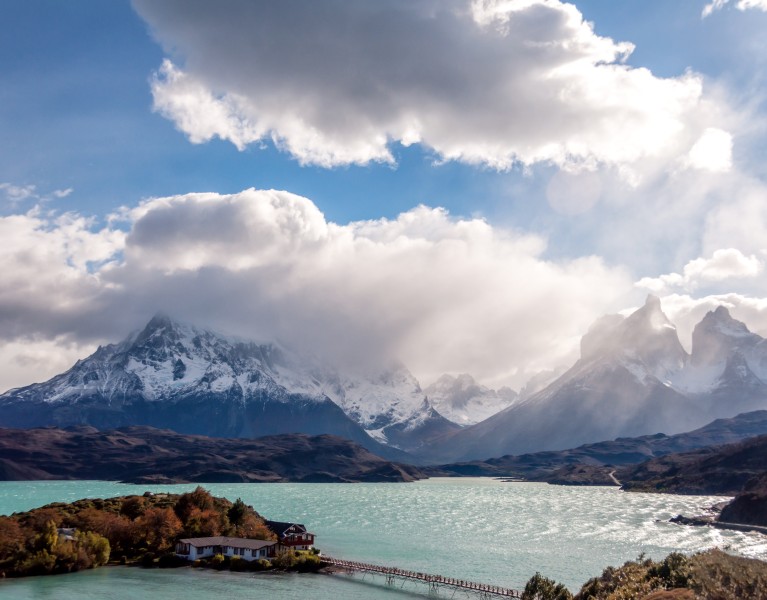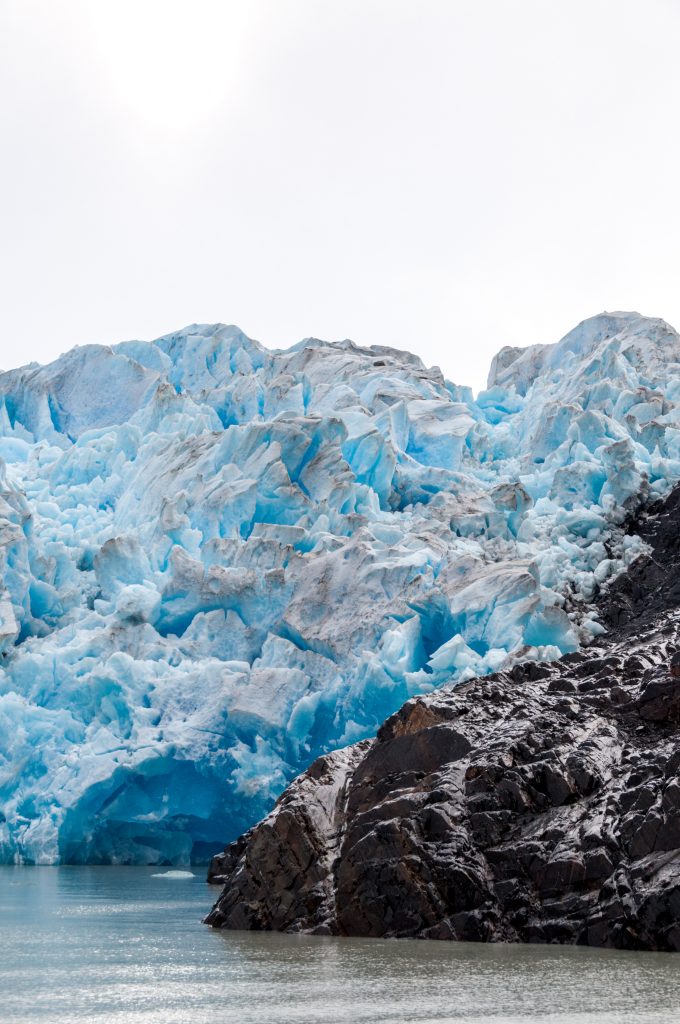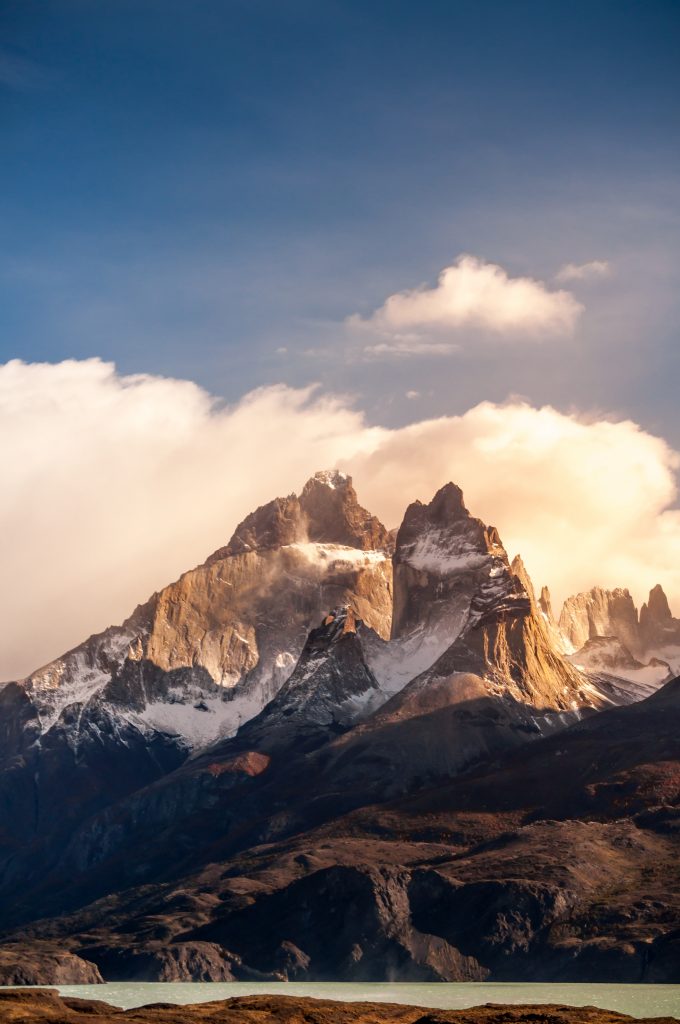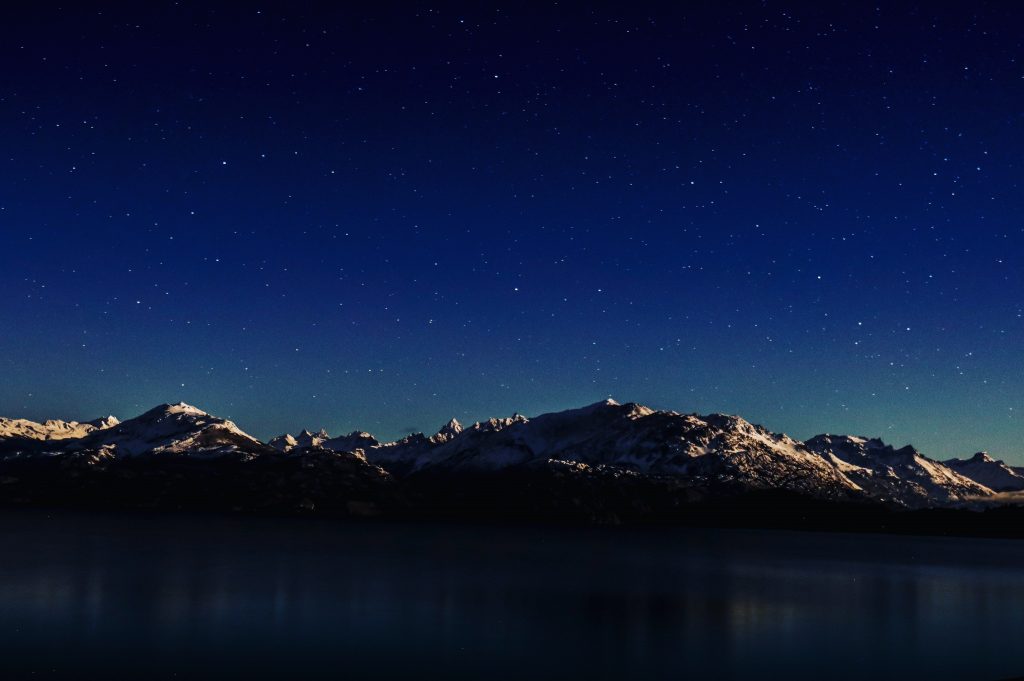
Chile's New Patagonian Route of Parks
Table of Contents [Show]
If you follow the KÜHL blog with any regularity, you probably wolf down other outdoor news sites and podcasts too. You started to hear the hype around October of last year when the announcement of the newly-completed Route of Parks of Chilean Patagonia (or Ruta de los Parques hit travel sites and a few mainstream news outlets. It's big news for adventure travelers, and an absolute coup for Chile's economy and tourism industry. But for Chile's ecology, rural communities, and culture, this event symbolizes a new model for conservation. We hope the world is watching.
Wait. What? Celebrating roads through pristine areas?
Sometimes, building roads in the wilderness actually helps the environment. The 1700-mile thoroughfare improves and connects three of the major routes in Chile's southern half: Carretera Austral (The Southern Highway), Patagonian Channels (water route), and the Ruta del Fin del Mundo (the End of the World Route). In addition to invigorating trade and travel among more than 60 communities along the corridor, it connects 17 National Parks. At the risk of sounding treasonous, this park system rivals our own in beauty, diversity, and acreage. (Chile has nothing on Utah, though. Just sayin'.)
A private and public collaboration
Here's the short version of how two private individuals donated more land to conservation than any others in history, and championed the Route project:
Kris Tompkins and her late husband Douglas Tompkins, each founders of competing outdoor equipment companies (Patagonia and North Face, respectively) retired to Chile; there, and in Argentina, they accumulated an unprecedented 2.4 million acres over more than two decades. Their goal was the preservation of threatened native species, cultures, and habitat.
Through the Tompkins' multiple foundations, and in concert with local and national governments, the couple developed infrastructure for several parks and wildlife preserves which were then transferred over to Argentinian and Chilean government. The biggest land transfer occurred in March 2017 when Tompkins Conservation donated more than a million acres to Chile's National Parks system. Chile's then-President Michelle Bachelet pledged another nine million acres. This collaboration led to the creation of five new Chilean National Parks, and the expansion of three.
Douglas Tompkins passed away in a 2015 kayaking incident. He's honored by having a National Park named in his memory, but the legacy he and his wife created have set the bar high for philanthropy and conservation... and an indelible signature on Chile's wilderness.

Why KÜHL people are heading to the Route of Parks
Chile's well-known for its wine, delicious food, friendly people, and colorful urban art. That's all well and good, but our crowd wants to earn that glass of Chilean pinot or local microbrew. Here's why you should be booking your tickets now:
- Volunteering: There are multiple hands-on conservation and humanitarian programs available in the region. Go Abroad is a great portal to opportunities in conservation, healthcare, education, and infrastructure.
- Hiking: Any one of the 17 parks offers dramatic scenery you won't find back home, and networks of trails for a few days to weeks out in the wild.
- Rock climbing: There are too many Chilean climbing destinations to list, but if climbing is your thing, you've probably dreamed of going to Torres del Paine. Now's the time to go.
- Mountain biking: Guides can get you on the newest wilderness singletrack routes, or send you on a bike trek along the route.
- Kayaking: Read up on Canoe & Kayak's take on southern Chile's world-class whitewater. If that's a bit too hardcore for you, Australis bloggers are savvy about the best rivers, lakes, and fjords for flatwater paddling.
- Flyfishing: Orvis can hook you up with guided expeditions, or you can choose from dozens of other experienced guides. Here's a good overview of what you're in for, and where you should go. Short answer? The Tierra del Fuego archipelago, and Torres del Paine National Park.
Getting to know the Republic of Chile
You can say that Chile is a melting pot of the world's geography, with volcanoes, coastline, fjords, geysers, soaring peaks, coastal and temperate rainforests, and deserts. Central and southern Chile's latitude is roughly aligned with New Zealand's South Island, but most North American travelers compare the region's climate to the Pacific Northwest: Oregon, Washington, and British Columbia. Most of the parks are open year-round, but when it's summer in the northern hemisphere, it's winter on the Route of Parks.
So if you're going to Chile, pack your entire outdoor clothing wardrobe.
Chile is now one of the most politically and economically stable countries in South America with progressive social leanings. Popularly-elected Michelle Bachelet (2006-2010; 2014-2018), the first female Chilean president, was recently appointed to the United Nations as the High Commissioner for Human Rights due to her work to improve social, health, and equality policies in her country.
According to This Is Chile's most recent data, "The literacy rates of the population were 98.6 percent for men over the age of 15 and 98.5 percent for women of the same age, while the rate for the 15-24 age range alone was 98.9 percent for both sexes."
It's a good idea to brush up on your Spanish before you arrive in Chile, as fewer than 6% of Chileans speak English. The predominant dialect is Chilean Spanish (or Castellano), with smaller, more isolated populations speaking localized dialects. Our friends-in-the-know, however, feel the percentage is higher. There are many North American and European expats living there, and locals who are taking advantage of Chile's tourism boom are participating in development-oriented language education programs.

Traveling to Chile
Lonely Planet named Chile as its top destination nation in 2018. As of this writing, the U.S. Department of State lists the Republic of Chile at a Level One travel advisory: "Exercise Normal Precautions." Of course, every country has its own quirks. Chile's larger cities experience protests now and again, and earthquakes and tsunamis are more frequent there than many other places on the Ring of Fire, so be prepared. Have some basic emergency and first-aid gear with you at all times, and important contact information.
Shipping items to Chile from the United States is cost-prohibitive, and restrictions are pretty tight. If you're going to trek the entire route, sending supply packages ahead is possible, but somewhat unreliable.
Have you been looking for the ultimate packing and prep list? Check out our 100 Travel Tips for Every Adventure. In the meantime, here are some Chile-specific details:
Passports and visas
Chile requires a valid passport, but there's no need for vacationing U.S. citizens to obtain a visa unless their intended stay surpasses 90 days. A 90-day extension is easily obtained for a fee of $100 USD through the Chilean Immigration Office. If you expect to apply for an extension, do a little advance homework to make sure you have enough lead time.
Health preparedness
Chile doesn't require vaccination records from foreign travelers, but the U.S. Centers for Disease Control (CDC) has a "better safe than sorry" stance. Here's what they recommend:
Routine vaccinations: Not only are you protecting yourself, you're protecting Chileans. Vaccination programs are very successful down there, but as with other parts of the world, those with compromised immunity can catch diseases from unvaccinated people.
- Measles/mumps/rubella (MMR)
- Diphtheria/tetanus/pertussis (DTP)
- Varicella (chickenpox)
- Polio
- Flu
Vaccines for adventure travelers: Food and water safety issues exist in Chile, particularly in rural areas. Smaller health clinics may not have the same capabilities for sanitization, and if you're planning to be in the backcountry, those tiny clinics will seem like the Mayo Clinic when you've been hurt.
- Hepatitis A & B
- Typhoid
- Rabies: Not a huge risk, but the bats in Chile are known to carry rabies; if you'll be caving, definitely cover your bases.
- Tetanus: If you haven't had a tetanus shot in more than 5 years, get one before you go.
Getting there, getting gear, and getting around
The three largest airports close to the Route are in Puerto Montt, Balmaceda, and Punta Arenas; you can get to them in 2-3 flights from any major U.S. international airport. Once on the ground, you can rent a car or a touring bike, and there are multiple companies who rent 4x4 camper vans designed specifically for adventure trekkers. Or if you want to play things by ear, Chile's bus system is affordable and (usually) reliable.
The largest city near the trail, Puerto Montt at the northern end, has the types of malls and outdoor adventure retailers familiar to many North Americans. Smaller towns have a little of everything, though with a narrow selection. The guiding and outfitting industry is growing in the region, so expect an uptick in new gear shops and rental opportunities over the next few years in the larger towns along the route.

The world is yours. Explore it. Protect it.
The conservationist icons behind Patagonia Outdoor Clothing & Gear and The North Face inspire us every day. And no, we're not afraid to mention our competitors on our own blog; in the end, we all have the same goal: Engaging people with the natural world so that they come to understand why it's so important to protect it. That's why we design adventure clothing that empowers you to explore in comfort and style. After all, for all its rugged beauty, Chile has wonderful culture, fantastic cities, and wineries.
We at KÜHL are doing our part; we're a relatively small, privately-held company focusing on conservation efforts here in our beautiful home state of Utah. We're committed to accountability, sustainability, durability, and quality. As we grow, we hope we can follow the conservation trails blazed by those before us, and we're not just talking about the Ruta de los Parques!
Featured image by Rodrigo Flores.


